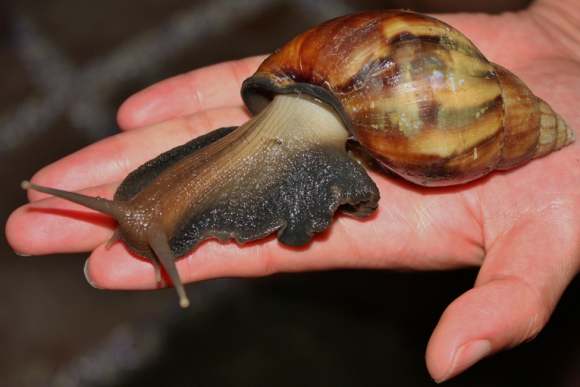27 September 2016 | By Sabrina Kumschick
A new protocol for identifying and categorising the environmental impacts of alien species may help invasion biologists to complete a global stocktake on the environmental impacts of all known alien species by 2020. This is one of the findings from a research project where the Environmental Impact Classification for Alien Taxa (EICAT) was used to assess the environmental impacts of alien birds.
The study, conducted by Thomas Evans and C·I·B associate Tim Blackburn from Centre for Biodiversity and Environment Research (University College London), together with C·I·B core team member Sabrina Kumschick, used the EICAT protocol on data from 415 alien bird species worldwide.
The EICAT protocol has been developed to help invasion biologists identify and categorise the magnitude and types of impacts associated with alien species but to also allow the comparison of impacts of alien species across different regions and groups.
The study, which was published in Diversity and Distributions, categorised alien birds by the severity and type of their environmental impacts. Most impacts were categorised in the lower ranks as either Minimal Concern (MC) or Minor (MN), although 37 bird species had moderate (MO) impacts or above, causing declines in the populations of native species.

The study further showed that alien birds primarily impact the environment through competition, predation, hybridisation and frugivory (fruit-eating birds which caused the spread of alien plants). Impact data were found for only around 30% of alien bird species worldwide, with the rest categorised as Data Deficient (DD).
The International Union for the Conservation of Nature (IUCN) may adopt EICAT as their formal protocol for classifying the impacts of alien species. If this happens, EICAT assessments for all known alien species worldwide should be completed and peer reviewed by 2020, in-line with the requirements stipulated under Aichi Target 9 of the Convention on Biological Diversity (CBD) and Target 5 of the EU 2020 Biodiversity Strategy.
“The study demonstrates that EICAT can be used to categorise and quantify the impacts of alien species for a complete taxonomic class. It also indicates that there is much to learn about the impacts of aliens, as we have no information on the environmental impacts of most species, even in a well-studied group like birds,” says Thomas Evans, lead author of the paper.
He adds that, “this is perhaps one of the key benefits of EICAT – by facilitating a global stocktake of the impacts of alien taxa, EICAT directs attention not only to the most damaging alien species, but also to those species, taxa, locations or impact mechanisms for which we do not have sufficient information, from which to make informed management decisions to mitigate the impacts of alien taxa.”
Read the paper by in Diversity and Distributions
For more information, contact Sabrina Kumschick at sabrinakumschick@sun.ac.za

(Photo credit: By WPPilot – Own work, CC BY-SA 4.0, https://commons.wikimedia.org/w/index.php?curid=38620499)



